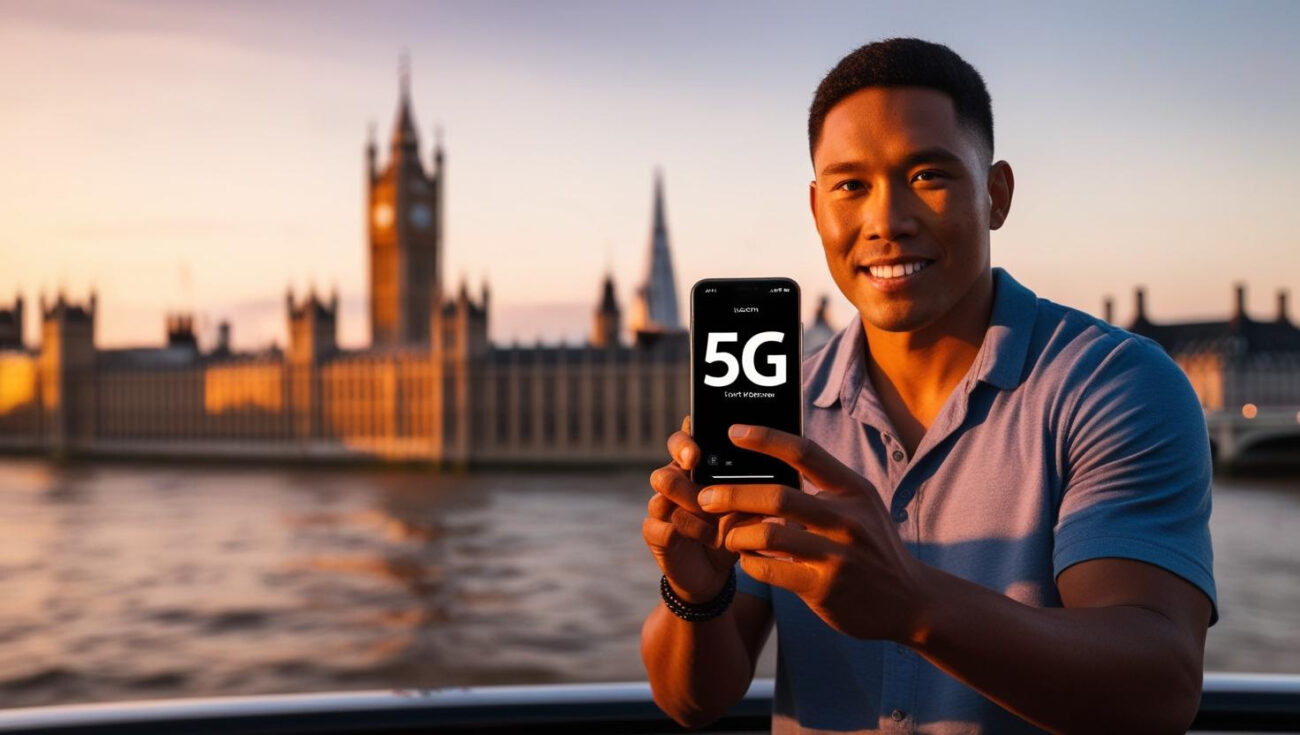London is one of the world’s leading financial and technological hubs, yet it has surprisingly poor 5G coverage compared to other major European cities. Despite the UK’s ambitious plans for digital connectivity, London’s 5G rollout faces multiple hurdles, including planning restrictions, infrastructure costs, and inconsistent policies across boroughs. This article explores the reasons behind London’s 5G struggles and what needs to be done to improve connectivity in the capital.
How London’s 5G Coverage Compares to Other Cities
A recent study comparing 5G performance in major European capitals ranked London as having the worst coverage among 15 cities. Cities like Paris, Berlin, and Madrid have seen faster and more efficient 5G deployments, providing residents with faster and more reliable mobile internet. London’s lag in this area is raising concerns about its ability to remain competitive in the digital age.
Why is London Falling Behind?
1. Planning and Infrastructure Restrictions
One of the primary barriers to 5G expansion in London is strict planning regulations. The installation of new 5G masts often requires approval from local authorities, which can take months or even years. Unlike other European cities that have streamlined approvals for telecommunications infrastructure, London faces complex bureaucracy that slows down progress.
Heritage concerns also play a role. Many parts of central London have protected buildings and strict aesthetic guidelines, making it difficult for telecom providers to install new 5G antennas.
2. High Costs and Investment Challenges
Deploying 5G infrastructure in a dense urban environment like London is expensive. Telecom providers must invest in thousands of small cell sites to ensure strong and consistent coverage. However, the high cost of renting rooftop and street-level sites in London makes this investment less attractive compared to other cities.
Additionally, economic uncertainties, including Brexit and fluctuating investment levels, have impacted the willingness of telecom companies to push forward with large-scale 5G deployments.
3. Inconsistent Borough Policies
London is made up of 32 boroughs, each with its own set of regulations and decision-making processes regarding infrastructure development. This fragmentation leads to inconsistent policies for 5G deployment. Some boroughs have embraced 5G technology and provided fast-track approval processes, while others have resisted due to concerns over aesthetics, health fears, or political opposition.
This patchwork approach makes it challenging for telecom companies to roll out 5G in a uniform and efficient manner across the city.
4. Physical Barriers and Network Congestion
London’s high population density and vast number of skyscrapers create additional technical challenges for 5G coverage. Unlike previous generations of mobile networks, 5G relies heavily on high-frequency millimeter waves, which struggle to penetrate buildings and other obstacles. As a result, London requires a dense network of small cell sites, which are difficult to deploy due to the aforementioned regulatory and cost-related barriers.
Potential Solutions for London’s 5G Woes
While the challenges are significant, there are steps that can be taken to improve 5G coverage in London:
- Streamlining Planning Approvals: The UK government could implement nationwide policies that simplify the approval process for new 5G infrastructure, reducing the bureaucratic hurdles that telecom companies face.
- Public-Private Partnerships: Encouraging partnerships between the public sector and telecom providers could help reduce deployment costs and speed up the installation of new 5G masts.
- Using Alternative Technologies: Some companies are exploring satellite-based solutions and hybrid 5G networks to bypass some of the physical and regulatory challenges associated with traditional cell towers.
- Standardizing Borough Policies: Creating a unified set of guidelines for all London boroughs would ensure a more consistent and efficient approach to 5G deployment.
London’s 5G coverage challenges highlight the complexities of rolling out next-generation connectivity in a historic and densely populated city. While other major European capitals are making significant progress, London remains bogged down by bureaucratic red tape, high infrastructure costs, and inconsistent policies. Addressing these issues will be crucial for ensuring that London remains a leader in digital innovation and connectivity.
